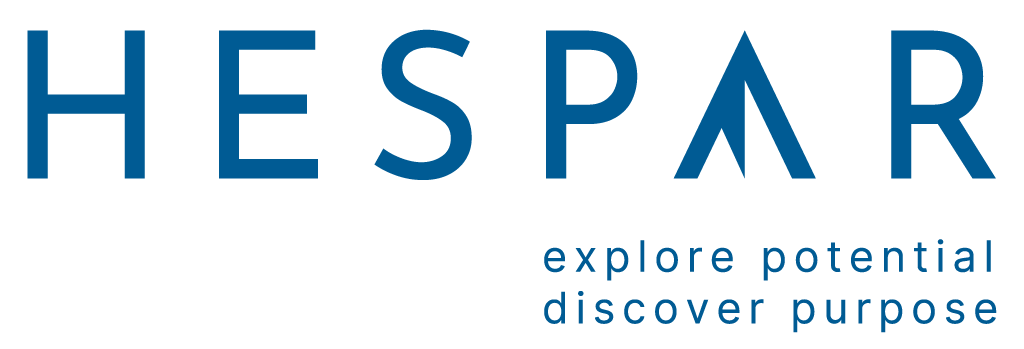The Monday morning meeting that changed everything
The tension in the conference room was thick enough to cut with a knife. Sarah, the marketing director, slumped in her chair with an audible sigh: “Here we go again. Another impossible deadline from sales.”
Michael from sales immediately fired back: “If marketing actually delivered campaigns that worked, we wouldn’t need to scramble like this.”
And then came Tom, the operations manager, jumping in with his usual refrain: “Let me fix this for everyone. I’ll take on the extra work and make sure we hit the deadline.”
Sound familiar?
What I witnessed that morning wasn’t just workplace conflict. It was a perfect demonstration of what psychologist Stephen Karpman identified in 1968 as the Drama Triangle – a destructive pattern that sabotages team performance more effectively than any external competitor ever could.
Welcome to the triangle that traps high performers
Karpman’s Drama Triangle describes three roles people unconsciously adopt during conflict or stress. The fascinating thing? Teams slip into this pattern automatically, often without anyone realizing what’s happening.
The Victim: “Why does this always happen to me?”
- Feels powerless and overwhelmed
- Seeks sympathy and support from others
- Avoids taking responsibility for solutions
- Uses phrases like “I can’t,” “It’s impossible,” or “They always…”
The Rescuer: “Don’t worry, I’ll handle everything”
- Appears helpful but actually disempowers others
- Takes on responsibilities that aren’t theirs
- Prevents team members from developing their own capabilities
- Creates dependency rather than growth
The Persecutor: “This is completely unacceptable”
- Points fingers and assigns blame
- Criticizes without offering constructive alternatives
- Uses authority or expertise as a weapon
- Creates fear and defensiveness in others
Here’s what makes this triangle so insidious: these roles feel justified in the moment. The Rescuer believes they’re being helpful. The Persecutor thinks they’re holding people accountable. The Victim feels genuinely overwhelmed.
The real cost of workplace drama
During our work with leadership teams, we’ve observed how the Drama Triangle manifests in everyday business situations:
In project management: When deadlines are involved, team members quickly assign roles. Someone becomes the victim of unrealistic expectations, another person becomes the rescuer who works overtime to save the project, while a third becomes the persecutor who blames everyone for poor planning.
In sales cycles: A lost deal triggers the pattern. Sales blames marketing (Persecutor), marketing feels attacked and defensive (Victim), while the sales manager jumps in to fix everything themselves (Rescuer).
During organizational change: New policies create victims who feel powerless, rescuers who try to shield their teams from change, and persecutors who strictly enforce compliance.
The result? Energy gets consumed by drama instead of directed toward results. Teams become stuck in repetitive conflicts that never actually resolve the underlying issues.
A technology company we worked with was burning through project managers at an alarming rate. Every new hire would start enthusiastically, then gradually become either overwhelmed (Victim), overprotective of their team (Rescuer), or increasingly demanding and critical (Persecutor). The pattern repeated until they addressed the underlying dynamic.
Breaking free: the empowerment triangle
The good news? Teams can escape this pattern once they become aware of it. The alternative isn’t about avoiding conflict or pretending everything is perfect. Instead, it’s about shifting from drama-based roles to empowerment-based ones.
From Victim to Creator Instead of feeling powerless, Creators take ownership of their situation and focus on what they can influence.
- They ask: “What can I do about this?” rather than “Why is this happening to me?”
- They identify their role in creating outcomes
- They focus on solutions within their control
From Rescuer to Coach
Rather than solving problems for others, Coaches help people develop their own capabilities.
- They ask powerful questions instead of providing quick answers
- They support others in finding their own solutions
- They help build long-term capability rather than short-term fixes
From Persecutor to Challenger Instead of attacking or blaming, Challengers hold people accountable while maintaining respect and support.
- They address issues directly but constructively
- They separate the person from the problem
- They challenge assumptions and push for higher standards
Practical steps to transform your team dynamic
Step 1: Create awareness Help your team recognize the Drama Triangle when it appears. In our experience, simply naming the pattern often dissolves much of its power. One leadership team we worked with created a code word they could use when they noticed the triangle emerging.
Step 2: Practice the pause When tension arises, encourage team members to pause before reacting. Ask: “What role am I about to step into here?” This moment of reflection can interrupt the automatic pattern.
Step 3: Shift the questions Train your team to ask empowering questions:
- Instead of “Who’s to blame?” ask “What can we learn?”
- Rather than “Who will fix this?” ask “How can we solve this together?”
- Replace “Why is this so hard?” with “What resources do we need?”
Step 4: Practice the new roles Role-play common conflict scenarios with your team, practicing Creator, Coach, and Challenger responses. Make it safe to experiment with these new approaches.
The leadership opportunity
As a leader, you have a unique opportunity to model these empowered roles. When team members come to you playing Victim, resist the urge to immediately rescue them. Instead, coach them toward their own solutions.
When someone starts persecuting others, challenge them to separate the issue from the person. Help them express their concerns constructively.
Most importantly, when you feel yourself slipping into any of the drama roles, acknowledge it openly. This vulnerability creates psychological safety and gives your team permission to do the same.
Beyond the triangle
Breaking free from the Drama Triangle isn’t just about eliminating negative patterns. It’s about unlocking your team’s potential for authentic collaboration, creative problem-solving, and sustainable performance.
When teams operate from Creator, Coach, and Challenger positions, something remarkable happens: conflicts become opportunities for innovation, challenges become catalysts for growth, and team members develop the resilience and capabilities to handle whatever comes their way.
The question isn’t whether your team experiences the Drama Triangle. Every team does at some point. The question is whether you’re willing to recognize it and choose a different path.
Stay curious. Explore our updates by subscribing to our newsletter.

